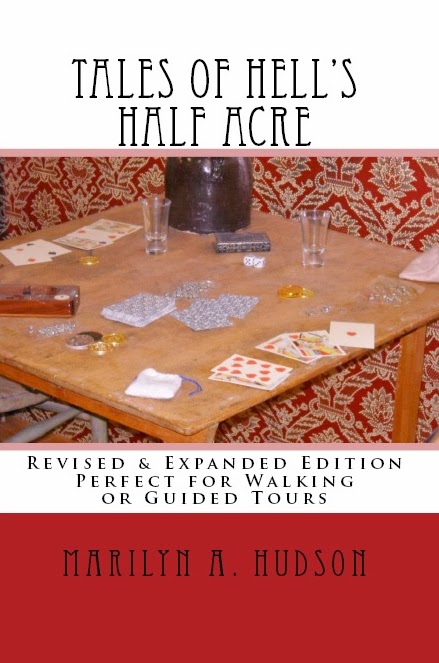In convention in October of 1910 the Oklahoma Methodist Episcopal Church, North set aside $300 to build a new work in what was then the northwest outskirts of Oklahoma City. In 1900 a lot of the land in the area had been cornfields but developer I.M. Putnam, Anton Classen, Shartel and others saw opportunities and began selling.
1. First location: NW 25th and Military Park, 1910-1911

First service here was Sunday, Dec. 25, 1910 with Bishop William Quayle preaching. He gave the first $100 to a building fund begun that day. The above building was built using a $300 mission grant from the M.E. North Oklahoma Conference in October 1910. The church formally organized on Nov. 10, 1910.
2. Second church, NW 25th and Douglas Blvd, Epworth View Addition,(separated from
Classen Blvd. by a triangle of land given to the church by Anton H. Classen)

The "Sheep Shed" at NW 25 and Douglas, just off Classen Blvd.
An addition buts out on the right side. ca. 1911/15. They moved in the spring of 1911 to this location due to an influx of members with the closing of Epworth University.
3. Third Church structure, NW 25th and Douglas Blvd, Epworth View Addition,(separated from Classen Blvd. by a triangle of land given to the church by Anton H. Classen). Classes and events were conducted across NW 25 on land later sold to Kamp and on which he built his historic courtyard apartment complex in the late 1920's.

"The Dutton Tabernacle" 1920; You can see the 'bones' of the other structures if you look closely. Aggressive growth, diverse program and strong membership participation saw the church grow to nearly 1,000.
4. Fourth incarnation of the church's physical sanctuary, NW 25th and Douglas Blvd, Epworth View Addition,(separated from Classen Blvd. by a triangle of land given to the church by Anton H. Classen). Dedicated in May of 1928.

In 1924, F.A. Colwell, first pastor and now a contractor was responsible for tearing down the Dutton Tabernacle to make room for the new English Gothic sanctuary; a building across NW 25 was used for classes and events. In 1928 the above sanctuary was completed and dedicated. Later, the house was used as a youth and education building, Hadduck Hall. It was torn down in the 1970's.
Appreciation to the library and archives of Wesley UMC for use of these valuable images relating its history and its links to Oklahoma City history. For more incredible history of this church and its people (many deeply imbedded in the building of the city) visit
here.

















